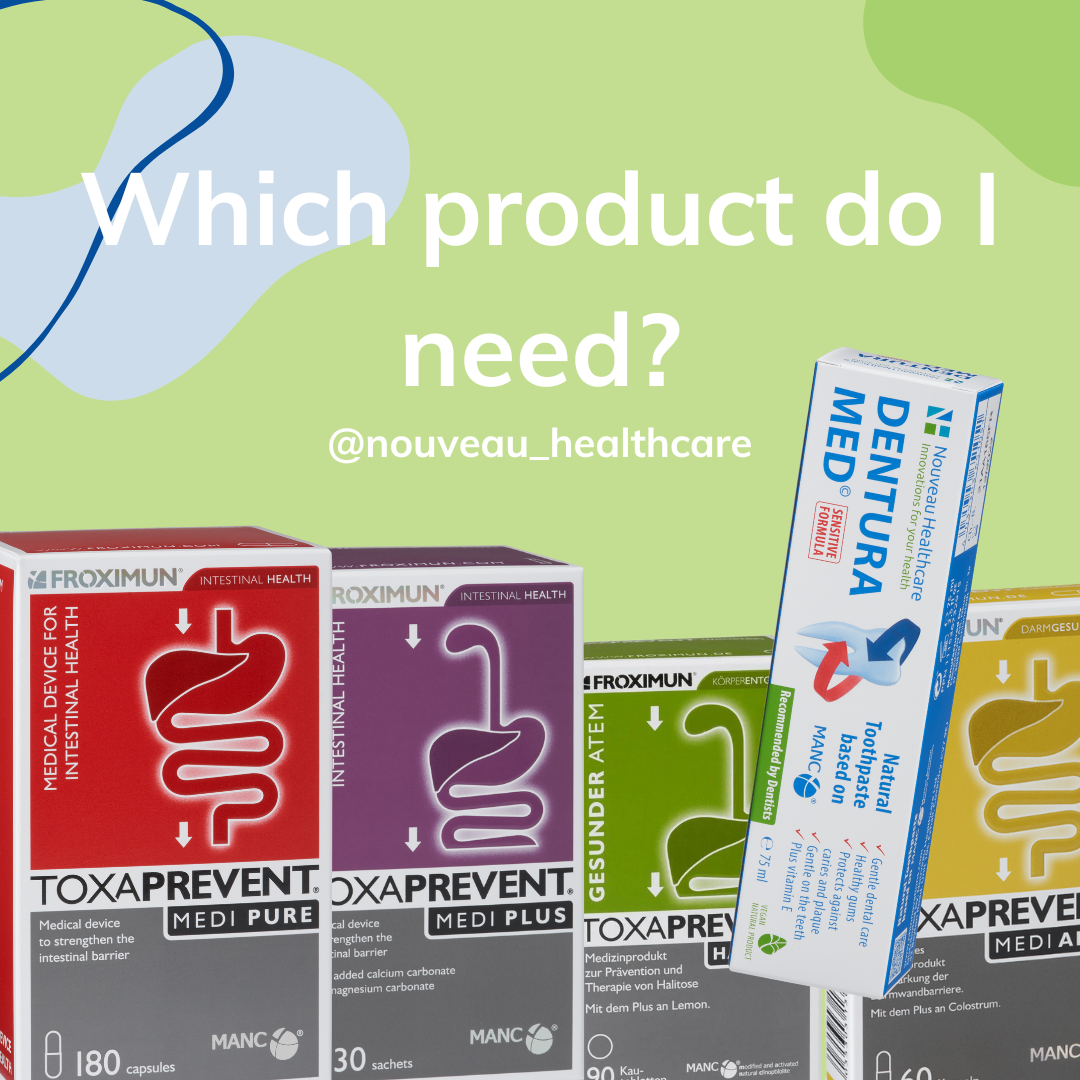What is hay fever?
Hay fever is an allergic reaction to pollen. Also known as allergic rhinitis, it is often seasonal, typically around May to September, and different types of pollen can affect individuals at different times. For example, grass pollen is usually an issue from May to June, whereas tree pollen may cause problems from February until June.Discover our full range of zeolite clinoptilolite products or check out even more educational articles and videos.
Common hay fever symptoms
These include:- Frequent sneezing
- Runny or blocked nose
- Blocked sinuses
- Itchy, watery, or red eyes
- Itchy throat
- Coughing
- Pain around your temples and forehead
- Headaches
- Shortness of breath
- Fatigue
Why reducing histamine excess is important for managing hay fever
In hay fever, the body naturally produces histamine as part of the immune response to the pollen allergy. If you already have a high histamine load, perhaps from certain foods, or if you have issues with the DAO enzyme which helps to clear histamine, then you may find that you experience more severe hay fever symptoms.Reducing your histamine excess if you do struggle with hay fever is therefore crucial to the successful management of your hay fever symptoms when they do occur.
How can I reduce my histamine load?
There are several steps you can take to help reduce your histamine load and lessen the severity of your hay fever symptoms. This include:- Antihistamines – antihistamines are a common over-the-counter medication that can be taken during hay fever season. They work to block histamine in the body, but do have different levels of efficacy on different people.
- A low histamine diet – avoiding or limiting foods in your diet that are high in histamine or that trigger histamine
- Zeolite Clinoptilolite – zeolite binds to histamine in the digestive system and eliminate sit through natural bowel movements
- Vitamin C and quercetin – both these nutrients are natural antihistamines so you may want to increase certain foods in the diet (e.g. apples, onions, berries and olives) or try vitamin supplements.
- Vitamin A – increasing foods rich in vitamin A may help reduce the risk of hay fever, including egg yolks, butter, leafy green vegetables and orange and yellow fruit and vegetables
- Probiotics – certain probiotics that contain both Lactobacilli may help reduce histamine and help in both the prevention and treatment of hay fever.
- Sprouted lentils – the DAO enzyme is important in the metabolism of histamine, and sprouted lentils are a plant-based source of DAO.
- Improve gut health – about 80% of your immune system is in your gut, and there is increasing evidence that a compromised gut barrier, or intestinal permeability, can increase the risk of hay fever.
Call us on 02476363873 or email us at info@nhinnovations.com to discuss your questions with a member of our clinical team.
Enjoyed this guide? Now read...
Histamine: what is it and why is it important?
What is histamine intolerance?
Everything you need to know about high histamine foods


